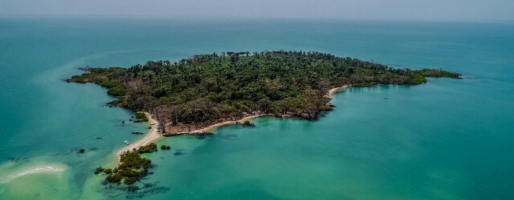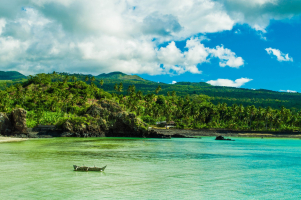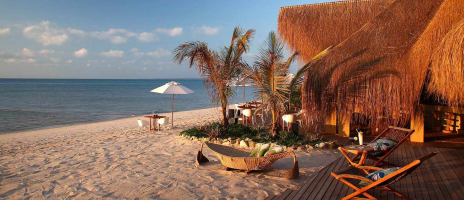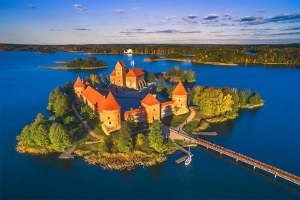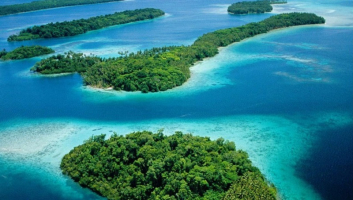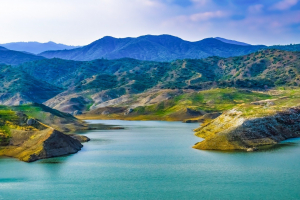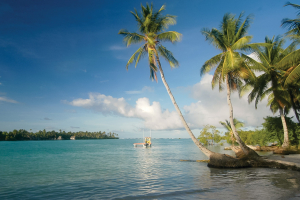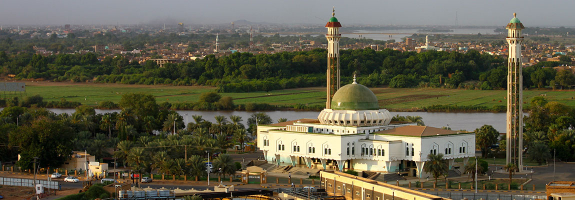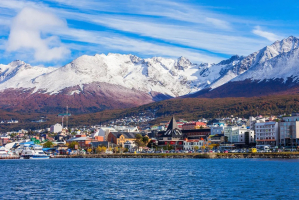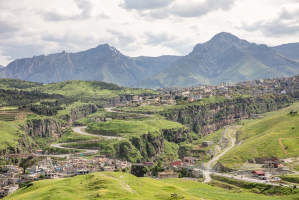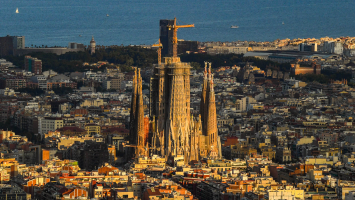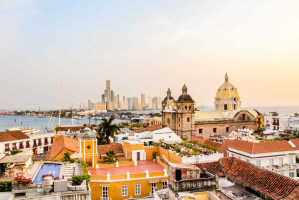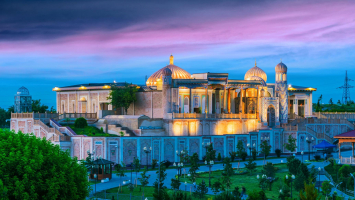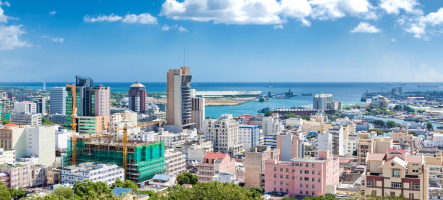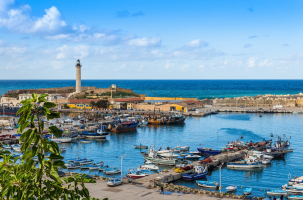Top 8 Things To Know Before Traveling To Iran
Traveling to Iran for the first time may be a mix of excitement (because you've seen incredible things on social media) and trepidation (because you can't get ... read more...those old headlines or news footage out of your brain). Those who have gone, however, can verify that Iran is not frightening and, in fact, rate it as one of the safest locations they've visited. Here are some things to know before traveling to Iran. Hope you enjoy it!
-
This is one of the things to know before traveling to Iran. Some patience is essential because Iranians are generally laid-back when it comes to the idea of time. Don't expect things to go smoothly or on schedule. It's even conceivable (though luckily not very often) to go to an attraction only to discover that it's closed on that particular day. While a broad itinerary is useful, leave some space for flexibility in case things don't go as planned.
As a visitor to the country, you will very certainly be welcomed to people's homes for lunch. Say yes if you can. Cooking Persian food is a time-consuming procedure, and the greatest dishes are those produced at home—not to mention the company. The only risk is that you will fill your whole itinerary with invites in a couple of minutes. Maintain flexibility in your plans and recognize that Iranian time operates on its own schedule.
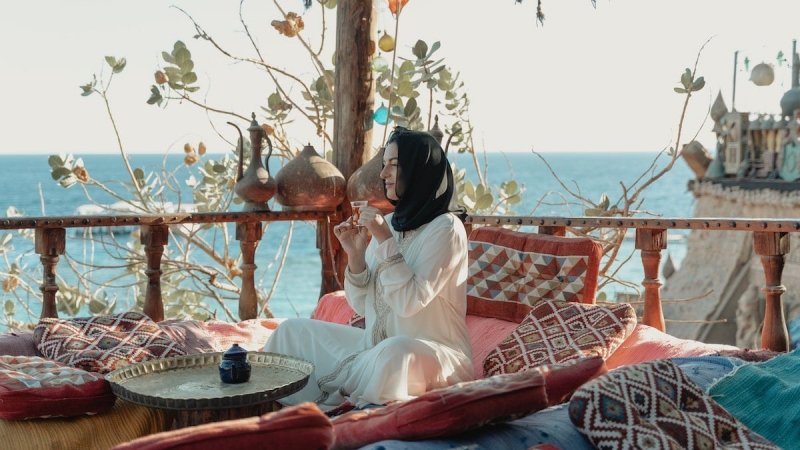
jessieonajourney.com 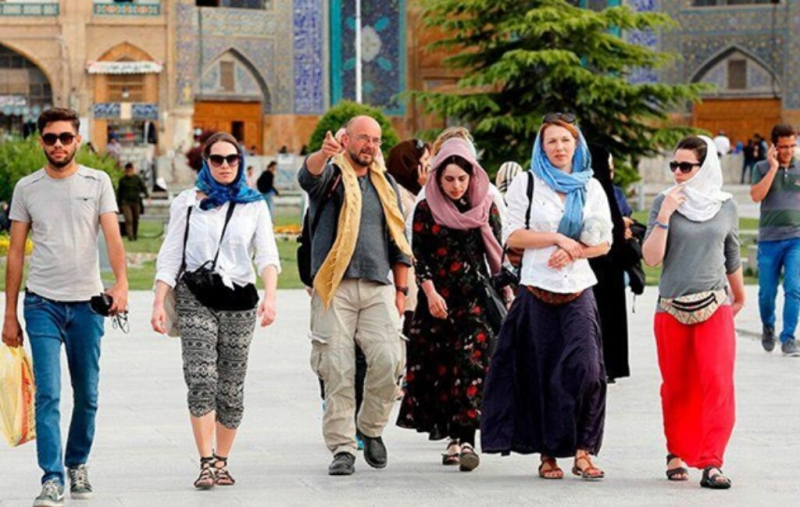
apochi.com -
Even if the dress code for tourists is more relaxed, you should still dress modestly, even on those hot summer days. For women, this entails wearing a long skirt or leggings, a headscarf, and a long-sleeved top or tunic that is long enough to cover your bum. Colors and prints are not an issue. Short-sleeved shirts are OK for guys, but pants must be long (no shorts in public). This is definitely one of the things to know before traveling to Iran.
Jeans, even thin jeans, look great with long-line, long-sleeved shirts (either button-ups or pullovers). Full-length leggings topped by a dress that falls to your knees or longer are also suitable. A long cardigan or coat is essential for chilly weather (and it may become extremely cold in the winter). Colors that are bright and light are just as appropriate as black, gray, and navy. In major cities like Shiraz and Tehran, people will be considerably more receptive to slightly shorter shirts or more form-fitting apparel. When traveling through villages and more rural settings, it's necessary to be modest.
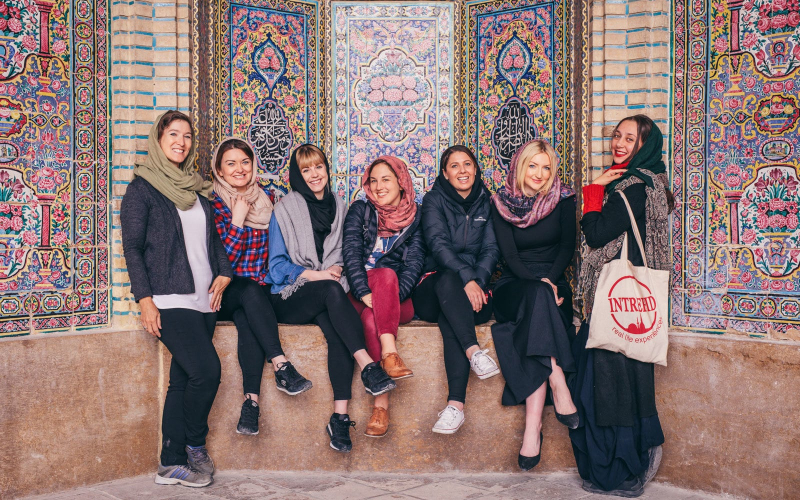
irandestination.com 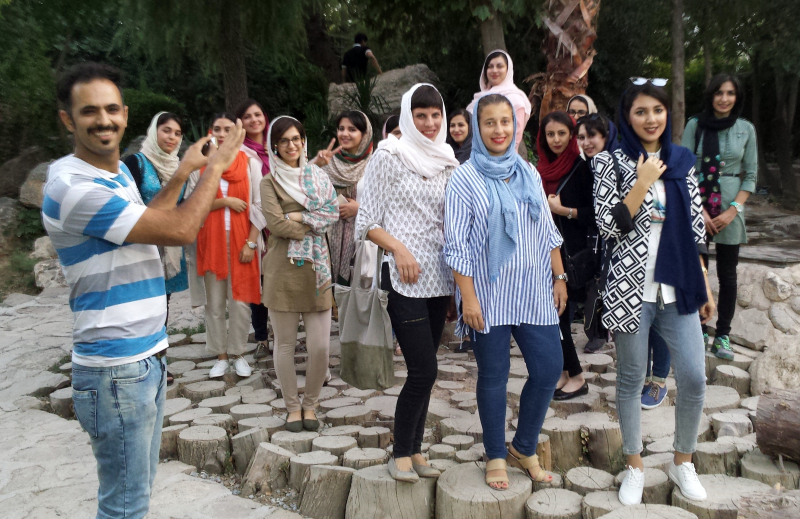
iranviptour.com -
You must have a sponsor in Iran who can provide a Letter of Invitation before applying for an Iran visa. Once you have received the Letter of Invitation, you can submit it together with the necessary papers to an Iranian Embassy or Consulate in your country. If you are visiting Iran for tourism purposes, you must contact a travel agent or a friend or relative who will welcome you. If you are traveling on business, the firm you are visiting can provide you with an invitation letter.
In Iran, the travel agency, host, or corporation will file an application with the Iranian Ministry of Foreign Affairs (MFA). If your application is approved, you will be sent a visa code, which you must provide to the Iran Embassy/Consulate together with any other needed papers.
While citizens of some countries, such as the United States and the United Kingdom, must get visas in advance, others are part of the 'visa on arrival program and can receive one at major city airports. However, the procedure is not quick, and after traveling, you'll undoubtedly be eager to begin your Iran experience rather than sit about at the airport. Furthermore, there is a lot of disinformation on the internet, so you should apply for your visa ahead of time to avoid any errors.
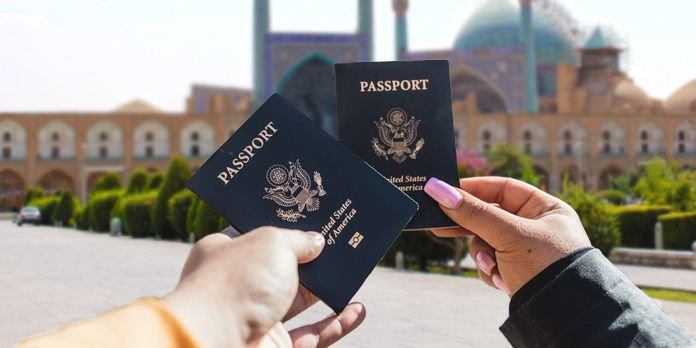
iranotrip.com -
Because credit cards are not accepted, you must carry lots of cash. Carrying wads of banknotes may seem unusual, thus Melli Bank at Imam Khomeini Airport offers the opportunity to convert money and obtain Iranian rials in the form of a debit card. Otherwise, you may quickly convert money as needed in cities.
Although you must bring cash with you to Iran, you may change your cash into a debit card once you are there. Some Iranian banks provide travelers with an Iran Tourist Card, which may be filled with Iranian money or common international currencies such as USD and Euros.
Iran Tourist Card works exactly like any other debit card in Iran and is accepted everywhere, including POS terminals, ATMs, and internet purchasing. You can apply for an Iran Tourist Card in advance through your travel agent or upon arrival at the airport. Bank Melli Iran, Bank Pasargad, and Saman Bank are the Iranian banks that now provide Iran Tourist Cards. There is a Bank Melli branch at Imam Khomeini International Airport that offers Tourist Cards quickly. Your passport and visa are needed papers.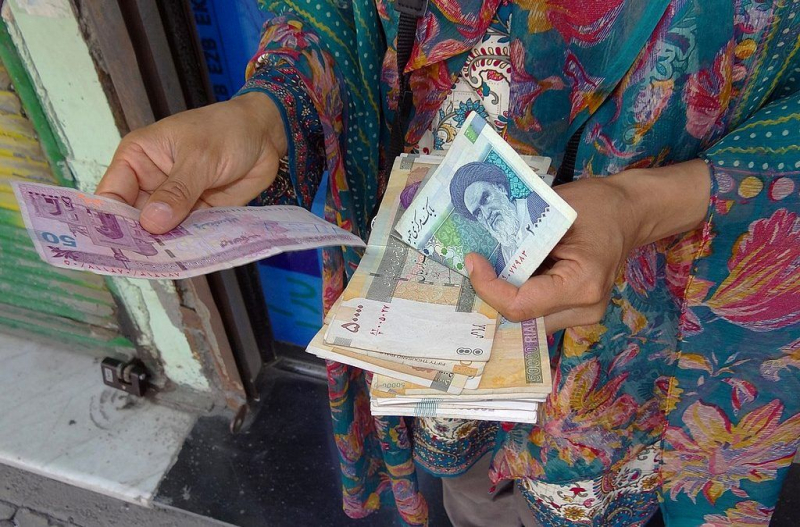
mahcard.com 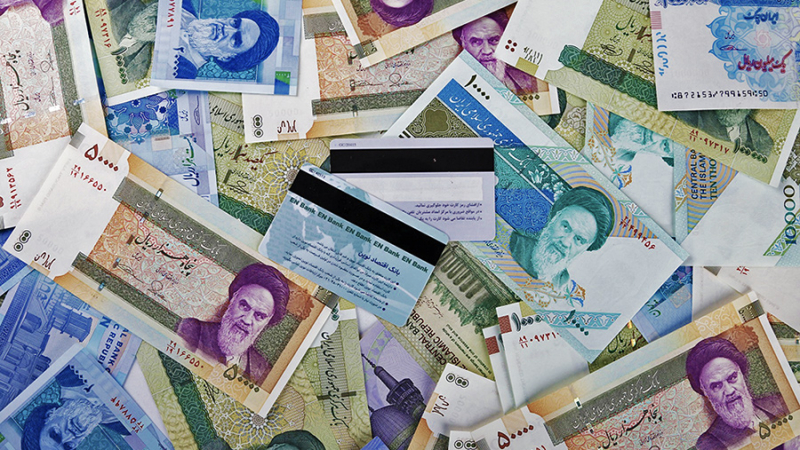
tasteiran.net -
The rial-toman exchange rate is a frequent source of misunderstanding and dissatisfaction among travelers. The rial is the national currency, yet Iranians exclusively communicate in toman. To compute, subtract one zero from the rial value (for example, 100,000 rial Equals 10,000 toman). However, things can become more difficult. Some cafés, restaurants, and retailers charge in the rial, while others charge in toman. The salesperson will almost certainly give you the price in toman, and in that case, they will frequently use, for example, 20 toman to imply 20,000 toman (200,000 rial). When in doubt, request the price in rial (or dollars or euros).
Iranian toman is another popular money among Iranians. Toman is not an official Iranian currency, but it is so deeply embedded in Iranian society that most internet retailers price their items in toman rather than rial. Official systems, such as banks and exchange bureaus, however, are entirely in rial.

iranamaze.com -
One of the things to know before traveling to Iran is traveling during Ramadan. It's a good idea to check the calendar before planning your vacation because visiting Iran during Ramadan may be inconvenient. Because the mood in the country is quite mellow at the moment, many attractions have varying or limited hours of operation.
The largest hardship, though, is that there is no eating or drinking in public throughout the day. Because restaurants and cafés close immediately before iftar (and stay open longer than usual in the evening), your only choice for a meal during the day is at a hotel. However, Muslims are not required to fast when traveling, therefore if you are traveling between towns, you are allowed to eat (i.e., eating in the airport or on the train is fine). Otherwise, be discreet if you must eat or drink during prohibited hours. Generally, Ramadan is not a popular time for Iranians to travel since they are more relaxed on fast days. As a result, the highways, hotels, and especially the attractions are not packed, and you may enjoy much more qualified sightseeing and time-consuming road excursions in Iran.
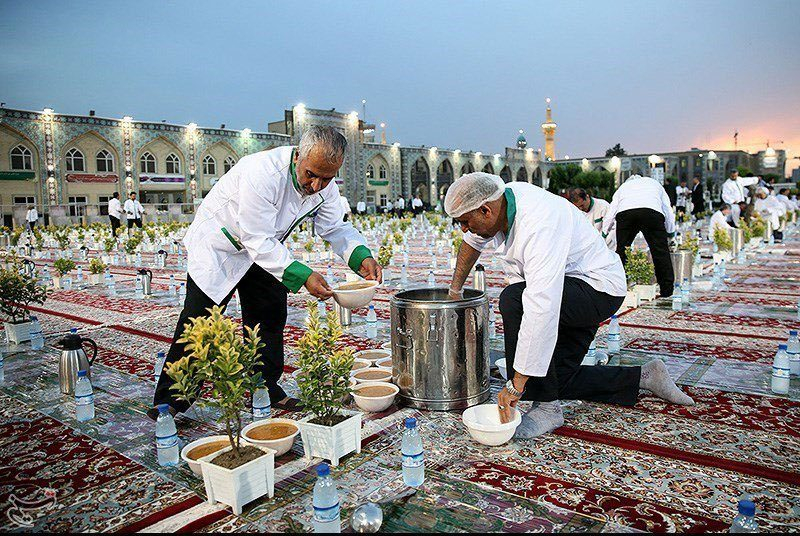
hitehranhostel.com 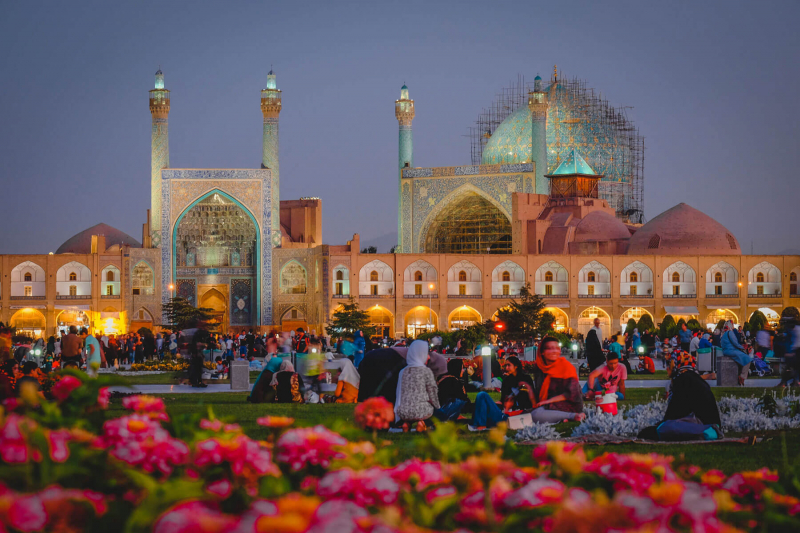
travestyle.com -
If you're still not sure whether recording and photographing people on a vacation is a smart idea, put yourself in the shoes of a local tourist hotspot. Assume you wish to leave your house to go grocery shopping nearby and then return home promptly. Suddenly, you come across a group of active and enthusiastic young individuals who want to picture you without your consent. As soon as you recognize and try to stop them, you will discover that they have snapped a picture of you and cheerfully strolled away.
Iran, with its spectacular landmarks and wonderful landscape, will undoubtedly give plenty of photographic opportunities. However, be cautious when photographing individuals. Some people may not want to be taken since they are unsure where the photos will end up, so just ask their permission beforehand. They'll appreciate it and may even want to pose for a photo with you! It's definitely one of the things to know before traveling to Iran.
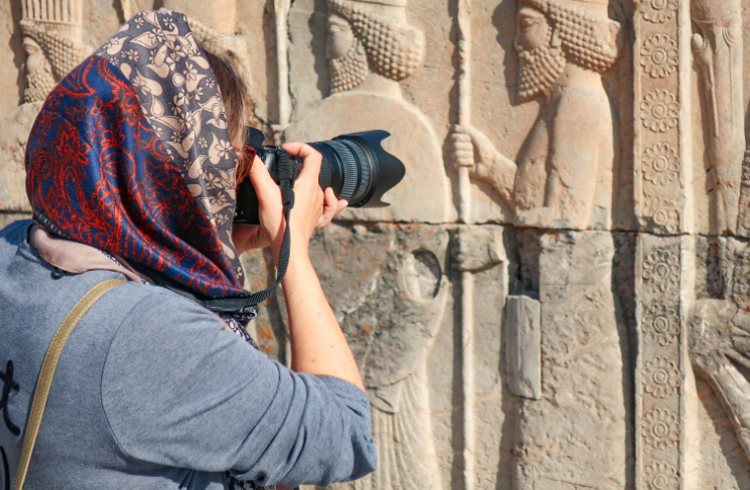
worldnomads.com 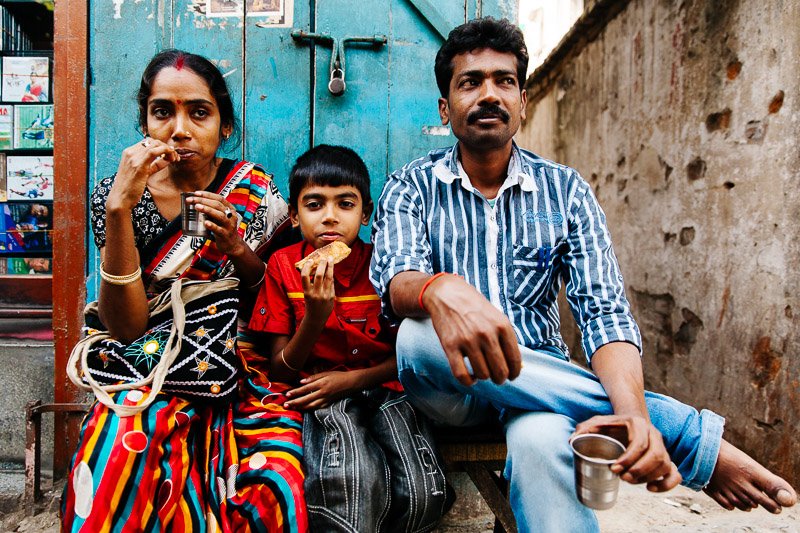
shooterfiles.com -
Târof, a complicated system of fake politeness in which one's genuine sentiments are never disclosed, is deeply ingrained in Iranian society and can be perplexing to foreigners. While there are many distinct variations, one that tourists will undoubtedly encounter is the term ghâbel nadâre, which means "you don't have to pay." This is something you will hear every time you pay for something, from cabs to restaurants and everything in between. Make no mistake about it: you should always pay.
If you congratulate an Iranian on anything they own, they will respond with ghâbel nadâre and suggest you take it. Under no circumstances should you accept, regardless of how genuine it appears. They'll be relieved that you didn't take an heirloom, and they'll be impressed that you identified it as târof. However, if they do purchase you a present, it is OK to accept.
According to Iranian customs, you must decline payment the first time. This might be perplexing for travelers because the majority of the globe is used to paying for products or services. You may lose the târof war over the bill the first time, but you can always return the favor the following time if you make new friends along the road, which takes us to our next suggestion.
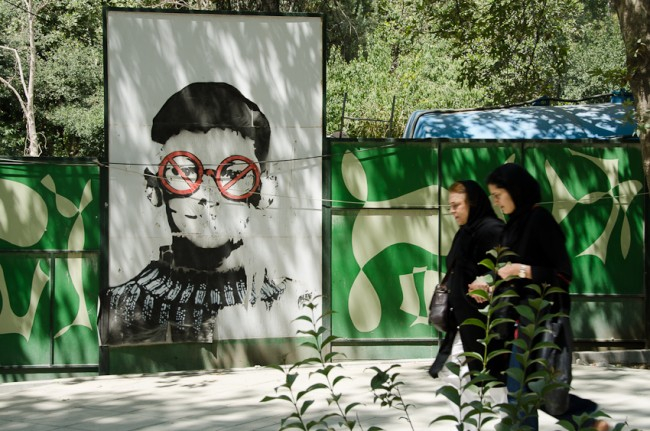
theculturetrip.com










